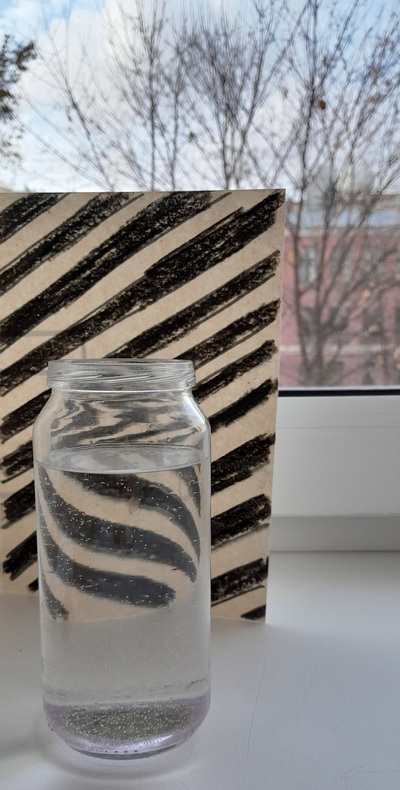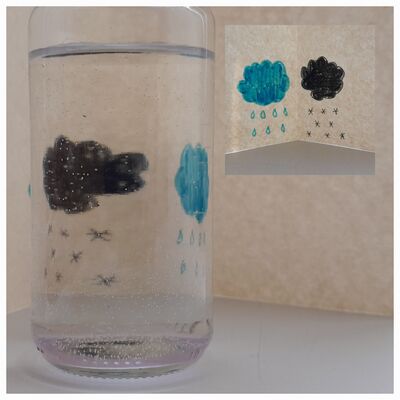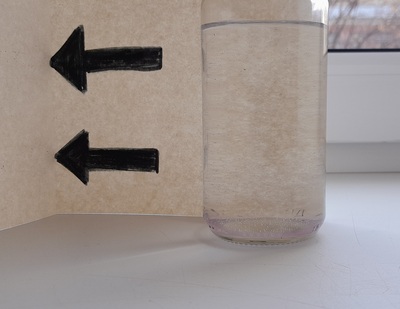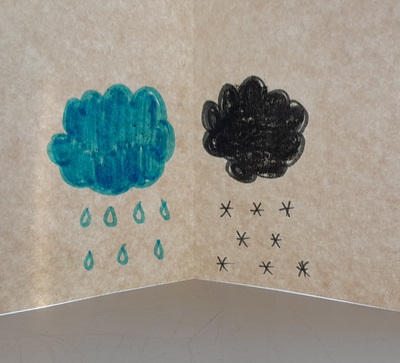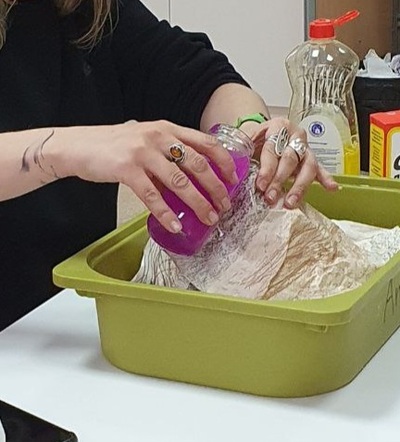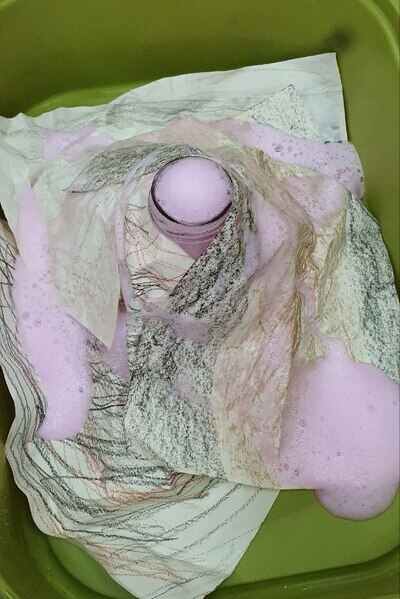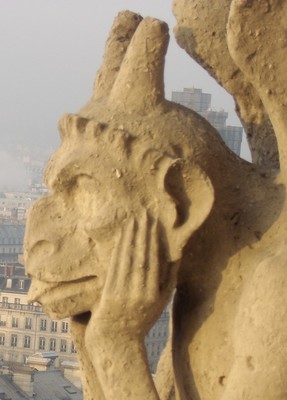The background: a group of 7-8-9-year-olds, who have been learning English for a number of years (some of them even for 5+ years), in the EFL context, currently in the A2 level and supposed to deal with the grammar structures that are quite advanced for their age and the current level of cognitive development. Plus an experienced teacher, ready for a challenge.
The challenge: practice activities that do focus on the target language but in the context appropriate for YL (sadly, quite a few of those that we have in our coursebook are just junior or even adult practice activities with kiddies characters’ names, we use them but there is very little joy, our last resort).
How to use this post: read the description of the types of activities and then look at the handouts we did use in class, with my A2 kids while in the unit on the zero conditional.
Type #1: Something is wrong here
This is usually the first practice activity with a new structure as this type of an exercise does not require any real knowledge of the grammar structure. Its main aim is the extended exposure to the structure that is our target language. The students are to read the sentences and find the problems and sort them out. These are usually the logical inconsistencies and they can be corrected in many different ways. It is an open ended activity. According to my kids, some of the sentences contain no issues as, apparently, ‘If you run in the hallway, the teacher runs with you’ is exactly what happens in their school. LOL.
This activity can be follwed up with a quick memory game in which the kids word in pairs and try to recreate the original sentences with only some hints from their partner. For example, student A calls out ‘ice-cream, the sun’ and student B tries to produce the full sentence.
Type #2: Find a mistake
This type of an activity is a good idea because it helps the kids develop the linguistic awareness in the very limited area of the chosen and practised grammar structure. We have found those very useful since the kids are slowly becoming aware of the structure and they are slowly being introduced to looking at grammar in a more adult way.
The handout is basically a set of sentences, with some grammar mistakes. In the sample sentences you can see in my handouts, these can be: missing words, additional words, incorrect froms.
The instructions are super simple, the kids work together or individually (depending on how independent your kids are) and underline and correct the mistakes. In this and in the previous activity, my students adore taking colourful markers and play the teacher here, treating these as my tests which they correct and give back to me. With marks that are not necessarily the best one.
Type #3 Your ideas!
This kind of an activity gives the kids even a greater opportunity to produce personalised sentences and to express themselves. It is entirely open-ended especially that the kids also have a chance to choose the sentences which they want to complete. In the handout available, there are ten sentences in total and the students were asked to complete five they like most.
The kids complete the sentences in any way that is true for them. In the follow-up stage, they work in pairs, read their sentences to their partner and explain why. The most important part of is the written sentence with a strong focus on the TL but this is only the springboard to a lot more productive task. If there is time, the students can change partners and to produce a lot more language. Another opportunity is to keep the handouts and ask the kids to complete the remaining five sentences in the following lesson and to repeat the pairwork, with the same or with different partners.
Type #4 Caption this!
This is a slightly more productive task, but still a very open-ended one. The kids are required to create their own captions to the images provided and, of course, the selection of the images and the language used has to be relevant to the topic of the lesson.
It can be set up in (at least) two ways: either at the desks with the students working together and writing the captions which we compare in the feedback session or with the images displayed on separate pieces of A4, with one image per page, which are circulated in the classroom and with the new ideas being added by the students as we go along.
If there are appropriate conditions in the school, the kids can also be invited to walk around the school, look at the visuals and add their ideas to the visuals that they like most. This offers more freedom as it is not a given that they will write something under all of the visuals (unlike in the activity when the cards are circulated when we are sitting) but this set-up requires proper stations (aka any horizontal working space which allows for comfortable writing) as the young kids might struggle with writing on the posters displayed on the walls.
The visuals can be very specific or, like in our handout, they can simply help to narrow down the topic.
Type # 5 Role-play starters
First of all, kids prepare the conversation starters. They can work in pairs or individually and they write one sentence for a specific situation (see the handouts). Ideally this is done in the end of a lesson. The teacher monitors, encourages and suggests. The kids are put in pairs, they read the sentences to each other and choose the funniest ones or the most interesting ones. The teacher collects the handouts.
For the following lesson, the teacher cuts up the sentences and divides them into sets. It does not quite matter if a set has more than one situation of the same type. The idea is that the kids will work with a set of random sentences.
Kids work in pairs. Student A takes out a sentence and reads out the situation. Then they start the role-play in which the sentence should be included. Student B reacts, as appropriate. Then they swap and student B takes out one of the cards and starts a conversation.
And this is, more or less, how we roll, me, basically, throwing things at the walls and see if it sticks. So far it has. Then, onto the next one. Although, of course, we will have to wait and see about the long-term results.
Bonus tasks. A grammar-focused project: How we became scientists
These particular activites are very specific to the particular topic or the target langauge here and they will not be easily transfered into other contexts and topics. However, they were very effective and they did help us practise the target language and for that reason I am including them here.
We have already practised a lot and this handout was set a homework task. I was very open-minded (or almost very reckless) about the mode of completing this tasks. The kids were asked to complete the handout but, because they asked, I also allowed them to complete the questions with mistakes (which we would correct later), in Russian or just to think about these situations. The only thing I had to highlight was for them not to do these experiments at home.
I had to choose the experiements following a few criteria (something we can do in class, something that does not involve any fire or potentially dangerous materials if the kids decided to do them again at home, something that will not involve any langauge or structures that are too advanced for us) and to prepare the materials and the classroom set-up, too, with all the desks in a semi-circle and a table in the middle.
In the following lesson, we went step by step, using the following framework
- the hypothesis and the ideas from kids, introducing some of the key vocabulary, mostly verbs
- doing the experiments, highlighting the results, producing the key structure
- asking additional questions and follow-up questions, letting the kids play, when appropriate ie with spinning the eggs or mixing the water etc.
Some of the experiments have been completed in the same lesson (skittles) and some of them will be completed and finalised in the following lesson (we have used the lemon juice to write and in the following lesson we will see if these letters show after we have ironed them).
Despite the fact that the experiments meant a lot of work for me, I am very happy with the outcomes because we did manage to create an almost perfect context for the target language and the students really did produce a lot of language. I might not do it in every unit but it was definitely worth it.
Happy teaching!
